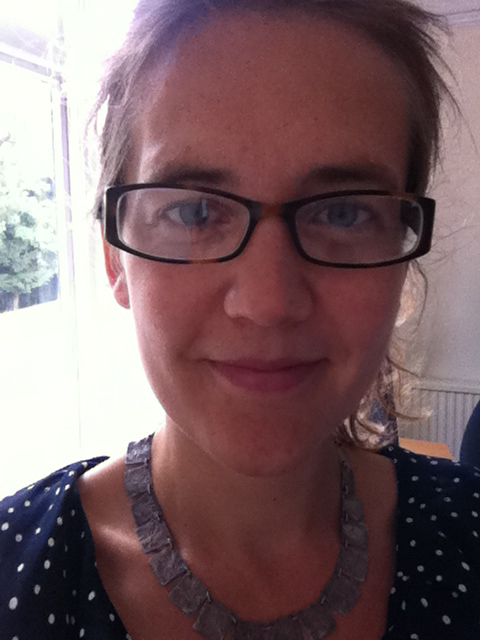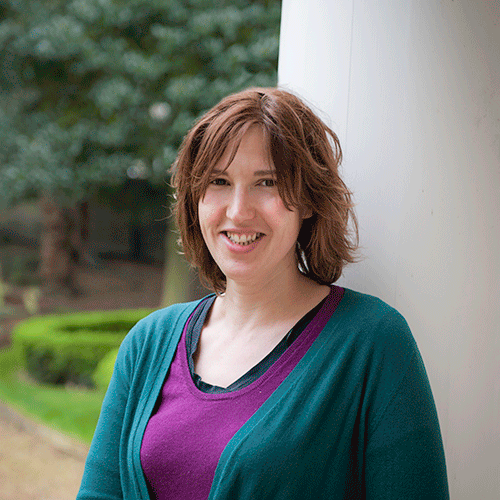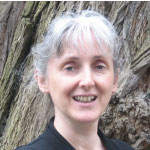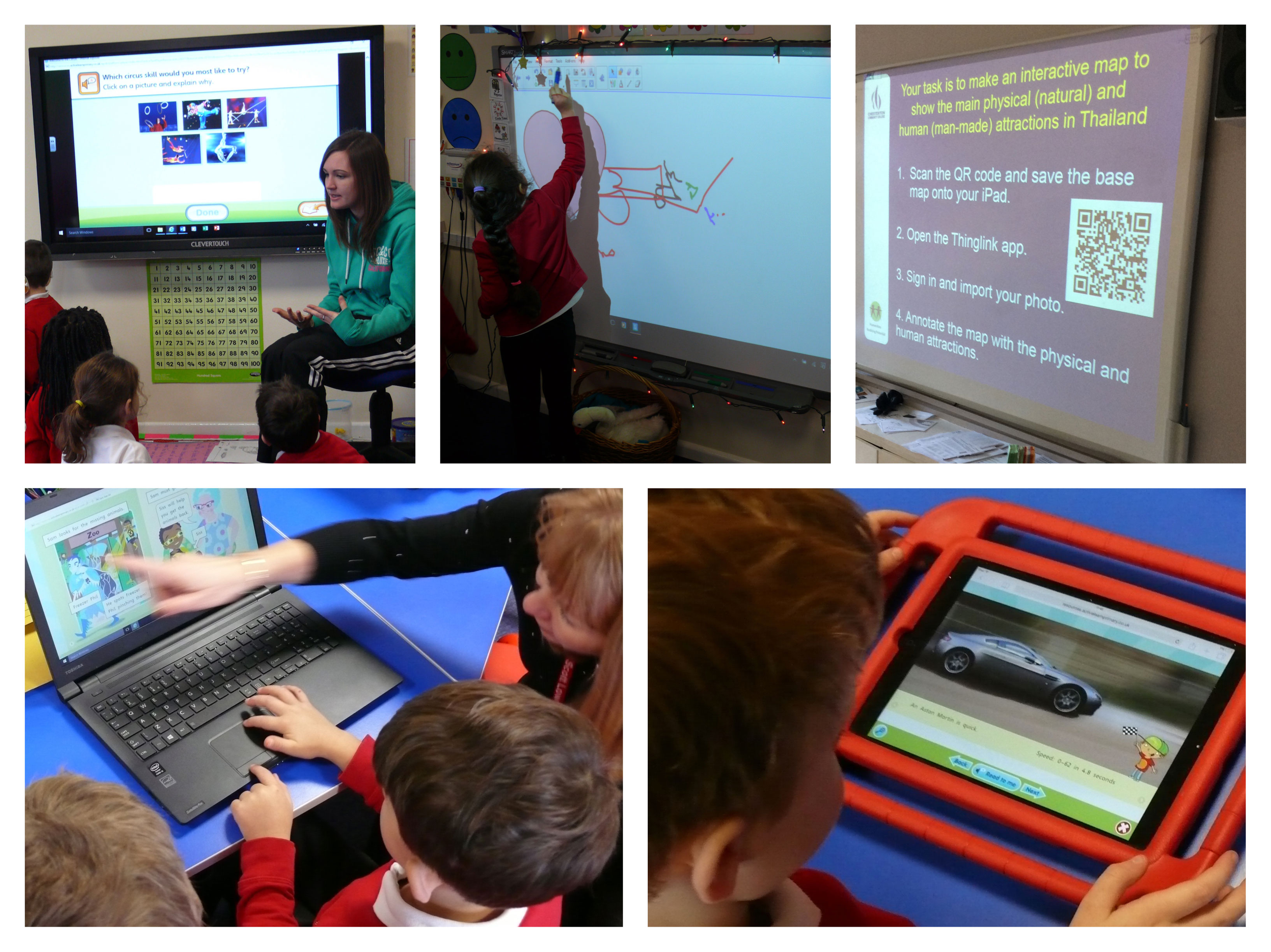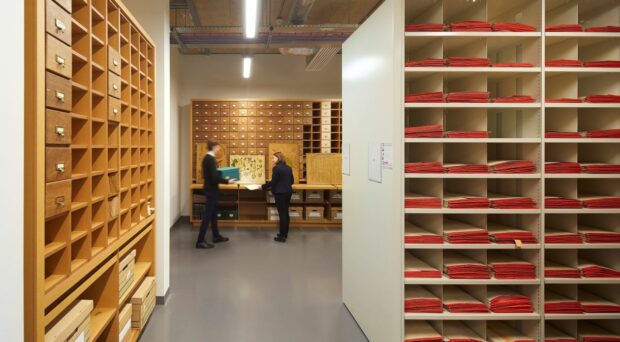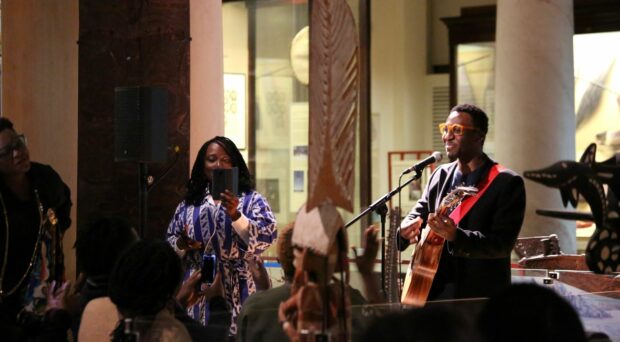How consulting with teachers is helping the University of Cambridge Museums improve its digital resources for schools.
Early in 2016 a team of University of Cambridge Museum educators (Kate Noble from the Fitzwilliam Museum, Naomi Chapman from the Polar Museum and Sarah-Jane Harknett from the Museum of Archaeology and Anthropology) worked on a research project looking at how teachers use collections-based and digital resources in the classroom. Their findings will inform the development of learning resources across the University of Cambridge Museums. In this first blog post they describe what they did and what they observed in the classrooms they visited.
Overview of the research
We visited 5 schools in January and February 2016. The visits each took a slightly different form based on the requirements of the individual schools but consisted of the following elements:
- Observations of ICT use in 32 different classrooms from Nursery up to Year 13 (3-18year olds)
- Interviews with senior management team about their schools’ use of digital technologies
- Audio recordings and field notes taken whilst observing 43 teachers using collections based resources
- CPD session with staff from 4 of the schools looking at and discussing 28 images and handling objects from the University of Cambridge Museum collections.
We worked with a wide range of teachers with different levels of ICT confidence and competence- from student teachers to those nearing retirement. The time we spent in the schools observing their ICT usage was really useful as it demonstrated how the resources we create could then be used by both teachers and pupils. We also watched teachers using the sites we had previously selected. This revealed how teachers search for resources, what challenges they face and what works and doesn’t.
Overview of ICT use across the 5 schools
In the classrooms we visited, we observed ICT being used in a variety of different subjects. We saw laptops, desktop PCs, ICT suites, iPads, interactive whiteboards (IWB), audio recorders and headphones, overhead projectors and visualisers being used. One secondary school was also piloting the use of a virtual reality headset in English lessons. Digital technology was an integral part of classroom teaching and learning. At primary level we saw the interactive whiteboard being used most frequently for either whole class or group teaching. The two secondary schools we visited had an iPad scheme in place which enabled all students to have their own device and so learning became more individualised.
How were digital resources used in the classrooms we visited?
- Digital technology is an integral part of learning
- Group learning with digital resources was more prevalent at KS1/KS2 mainly through use of interactive whiteboards (IWB)
- Individual learning with digital resources was more prevalent from KS3 onwards (iPad based in KS3/KS4)
- Images are heavily used (particularly in KS1/KS2)
- Quizzes and online tests are frequently used at KS3/KS4Video clips are heavily used at all key stages (especially BBC Bitesize clips)
- Lesson plans are accessed by teachers of all key stages but are heavily adapted
- Online resources are heavily used (& sometimes paid for) but teachers acknowledge issues around quality
How were museum collections used by teachers?
- All of the schools we visited used their local museums. Two of the schools visited UCM sites
- Primary schools were more likely to visit a museum linked to a particular topic
- None of the schools had digital museum collections embedded into their curriculum in a structured way
- There was a general fear amongst teachers of getting it wrong, of not having ‘the knowledge’ needed to teach from collections
Our next blog post will summarise the findings of our research to look at what teachers want from digital resources.

